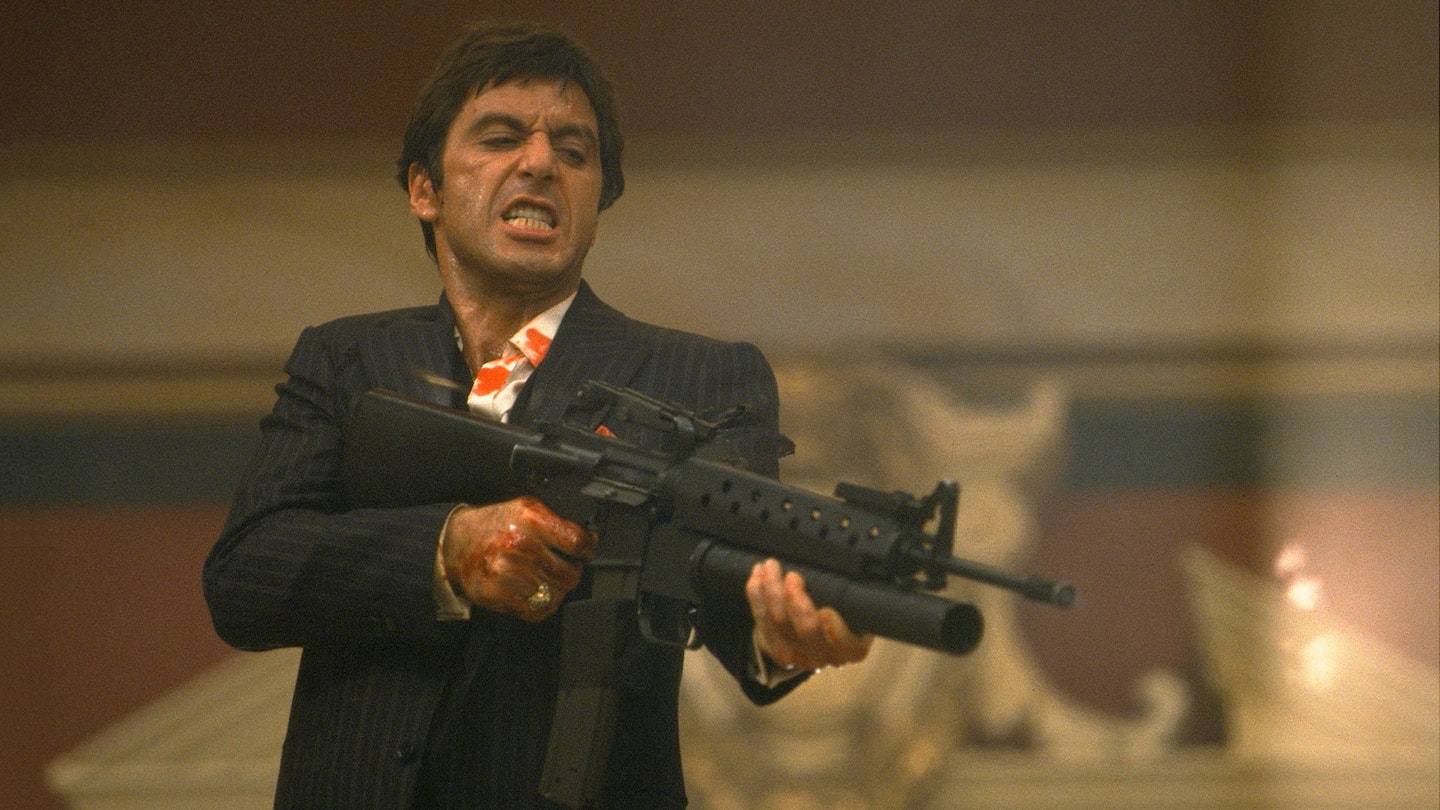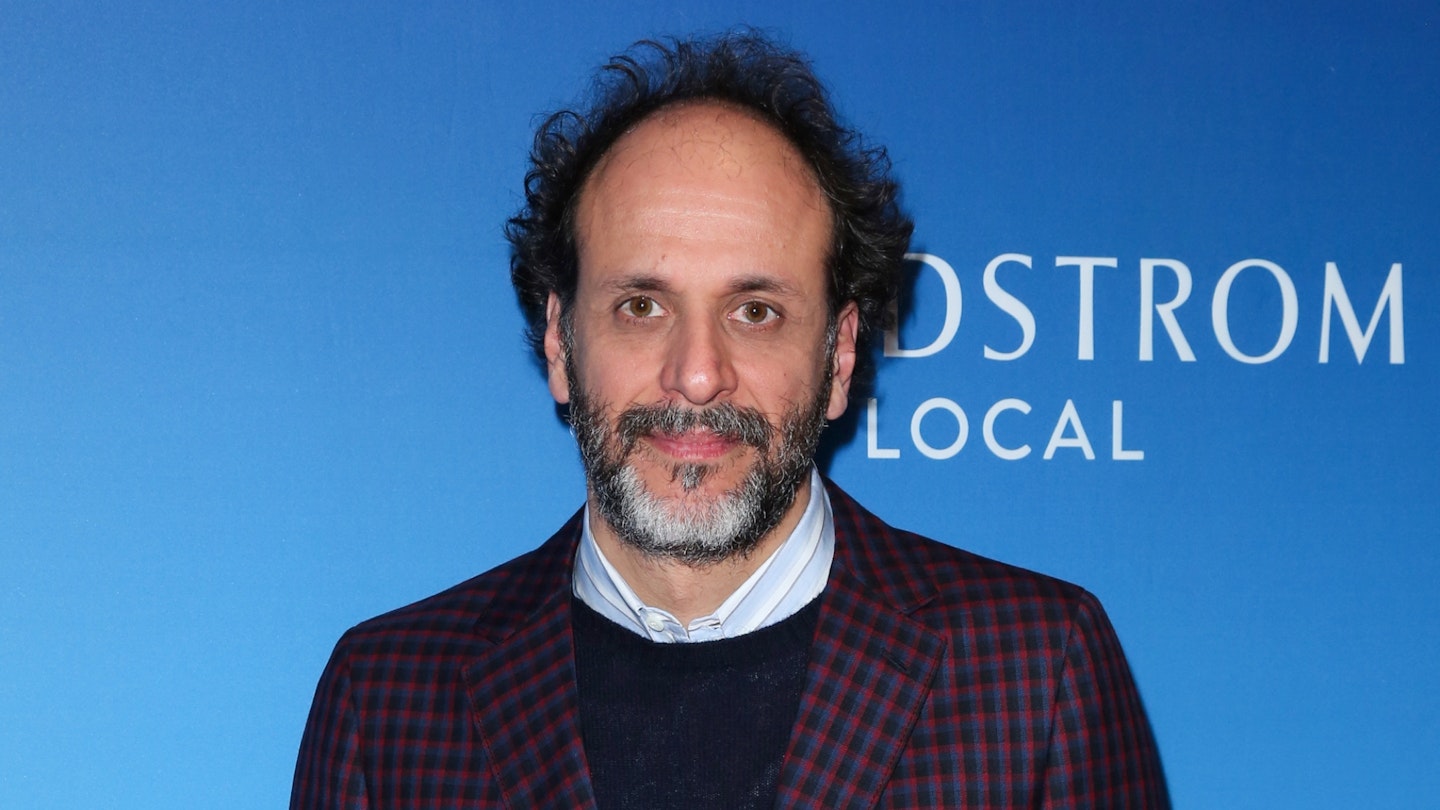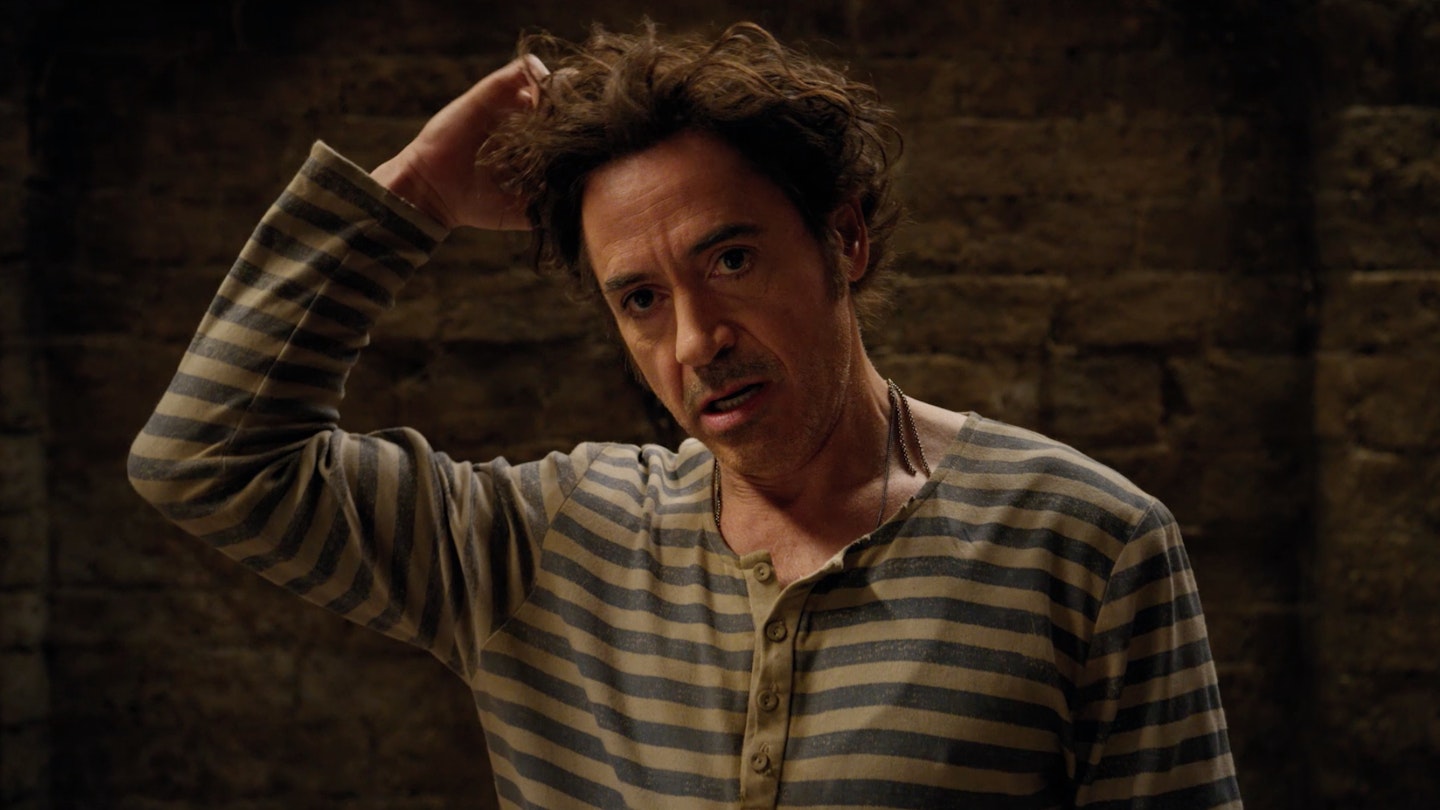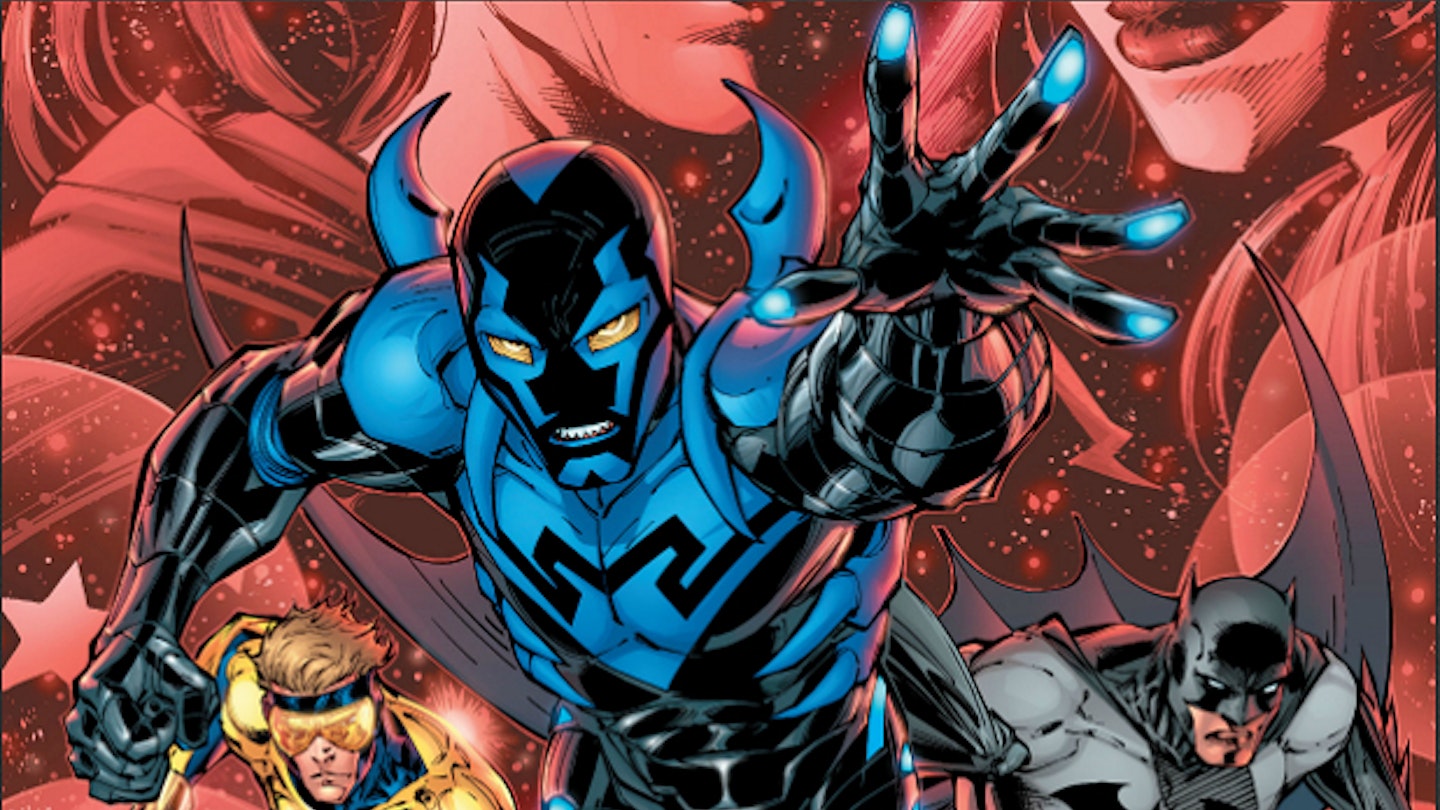With the gangster film ground rules freshly established by Little Caesar and The Public Enemy, producer Howard Hughes, director Howard Hawks and writer Ben Hecht were able to play an operatic variation in this masterpiece.
The plot uses the familiar rise-and-fall-of-a-hood scenario, mixing incidental detail from the career of real-life scarface Al Capone (recreating actual events like the St Valentine’s Day Massacre) with the history of the Borgia Family. It has the tabloid feel of earlier gangster films, but also a streak of extraordinarily black horror comedy: one hood is not inaptly played by Boris Karloff (he gets machine-gunned in a bowling alley) and Muni’s Camonte comes across as a mix of Frederic March’s Mr Hyde and the Jewish-Italian clowning of Chico Marx. Scarface is full of strange elements like the incestuous passion between Tony and his trampy sister (a Borgia touch) and the Xs that appear in the frame whenever anyone is killed (‘crossed out’) and was lurid and offbeat enough to excite even more censorious controversy than its predecessors, often accused of making heroes out of real-life criminal monsters.
The release was delayed until a few flat moralising scenes could be inserted – with a newspaperman and an honest Italian cop vilfying Camonte – and an excessive subtitle (The Shame of a Nation) added, along with George Raft’s coin-tossing trick, more rat-tat-tat dialogue than any contemporary film, and a finale which has Camonte go down like Richard III (or King Kong), escaping from his steel-lined hide-out to be riddled with bullets under a Cook’s Tours sign which reads 'The World is Yours'.




